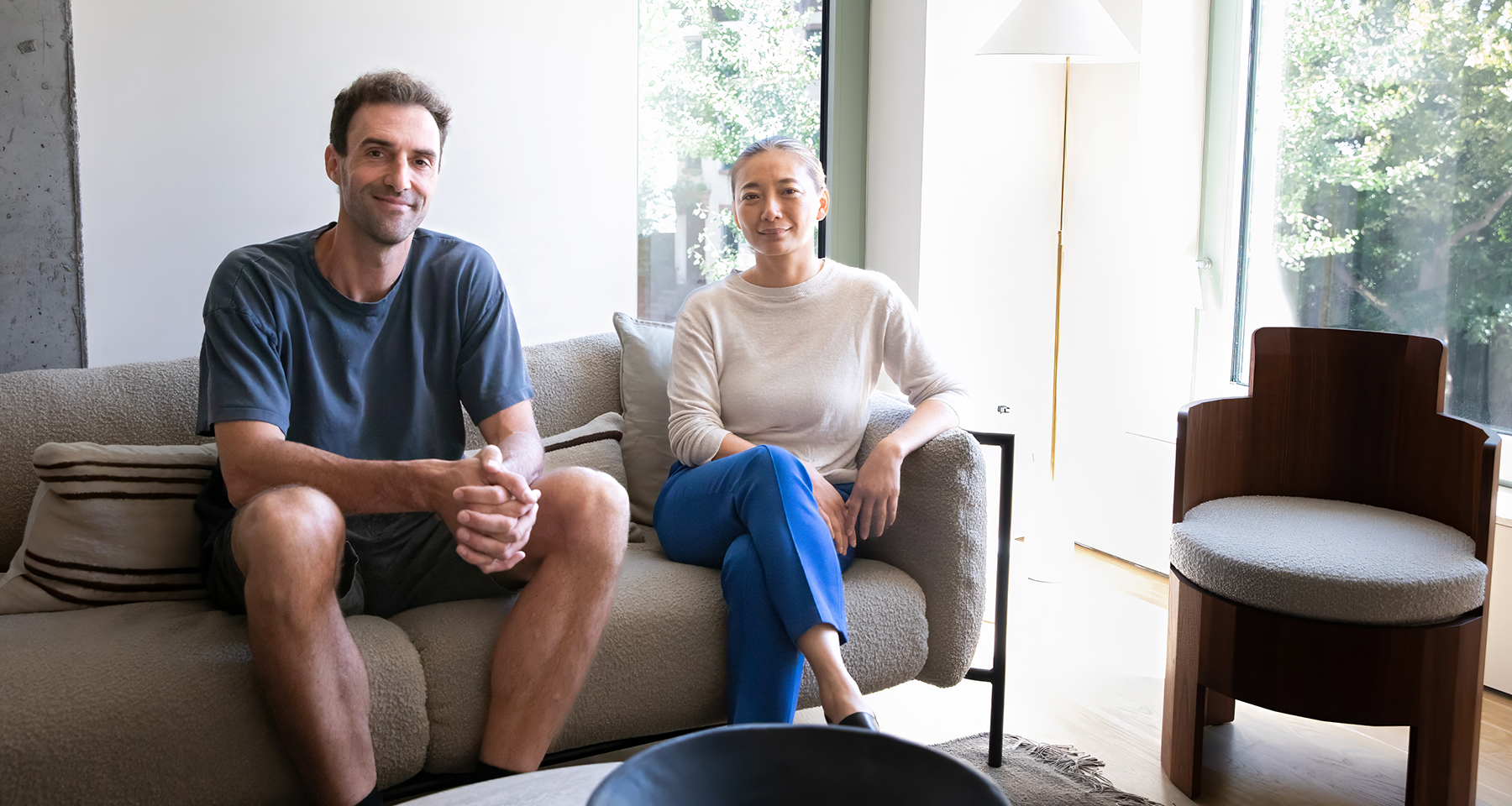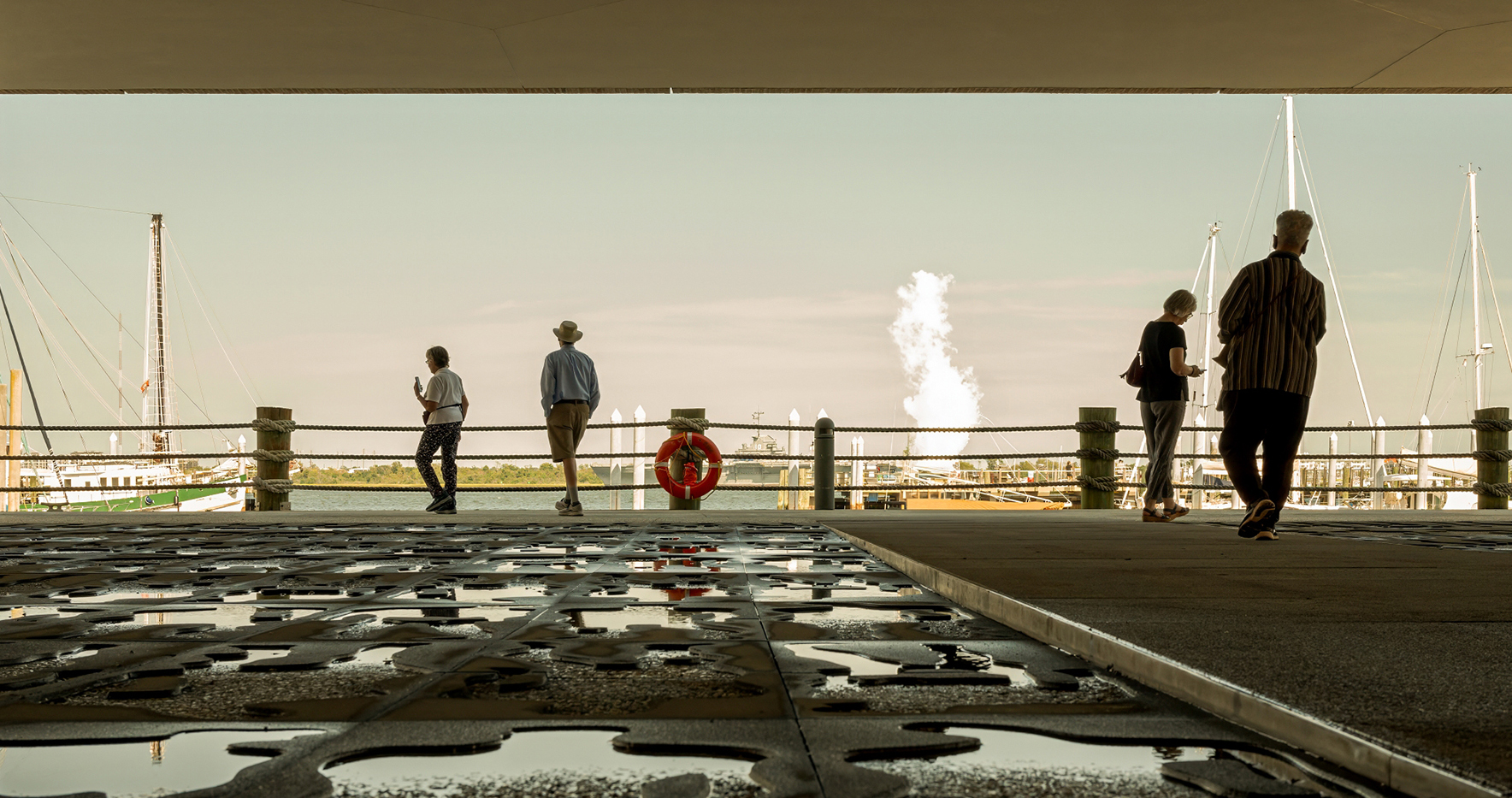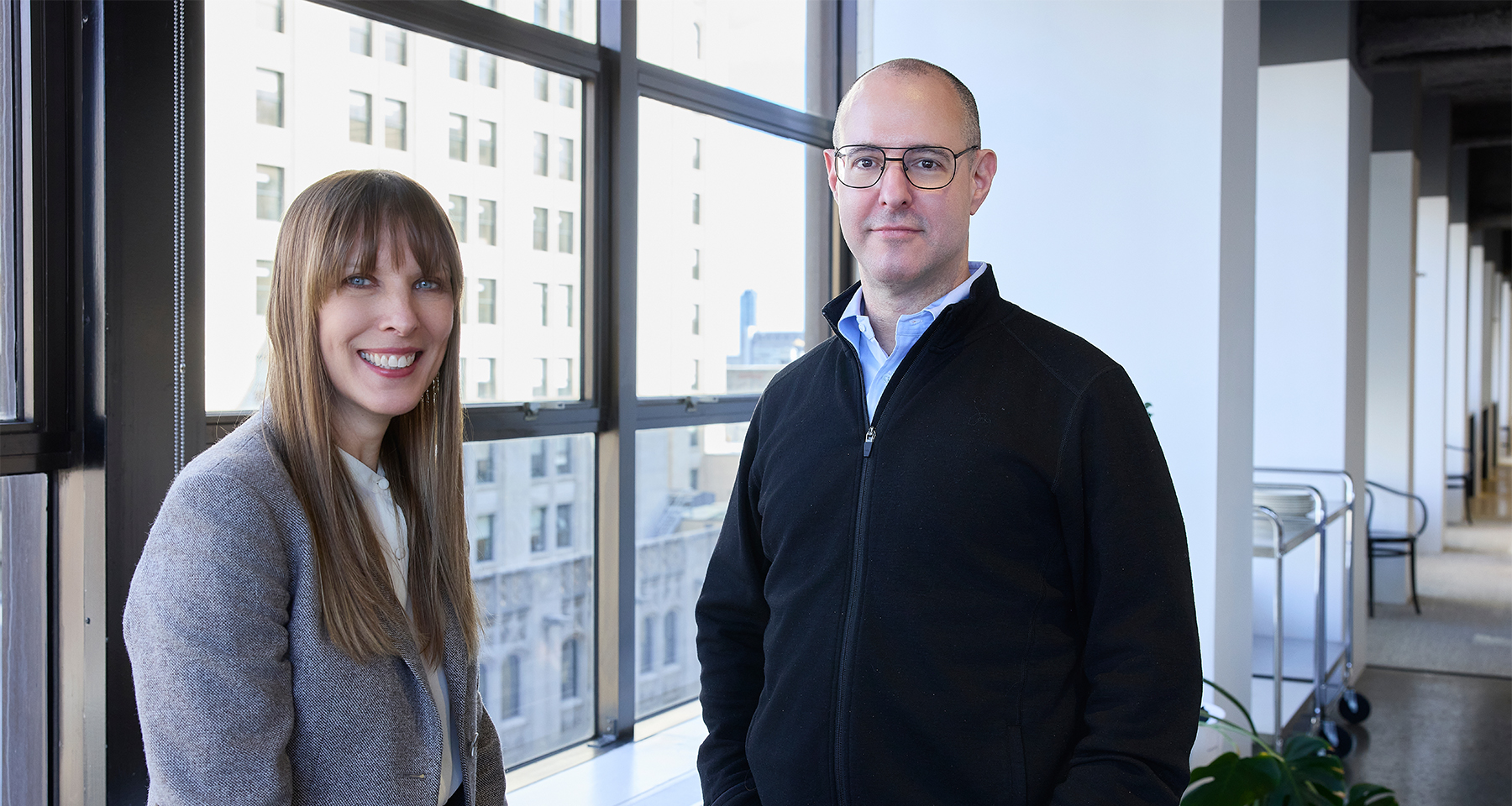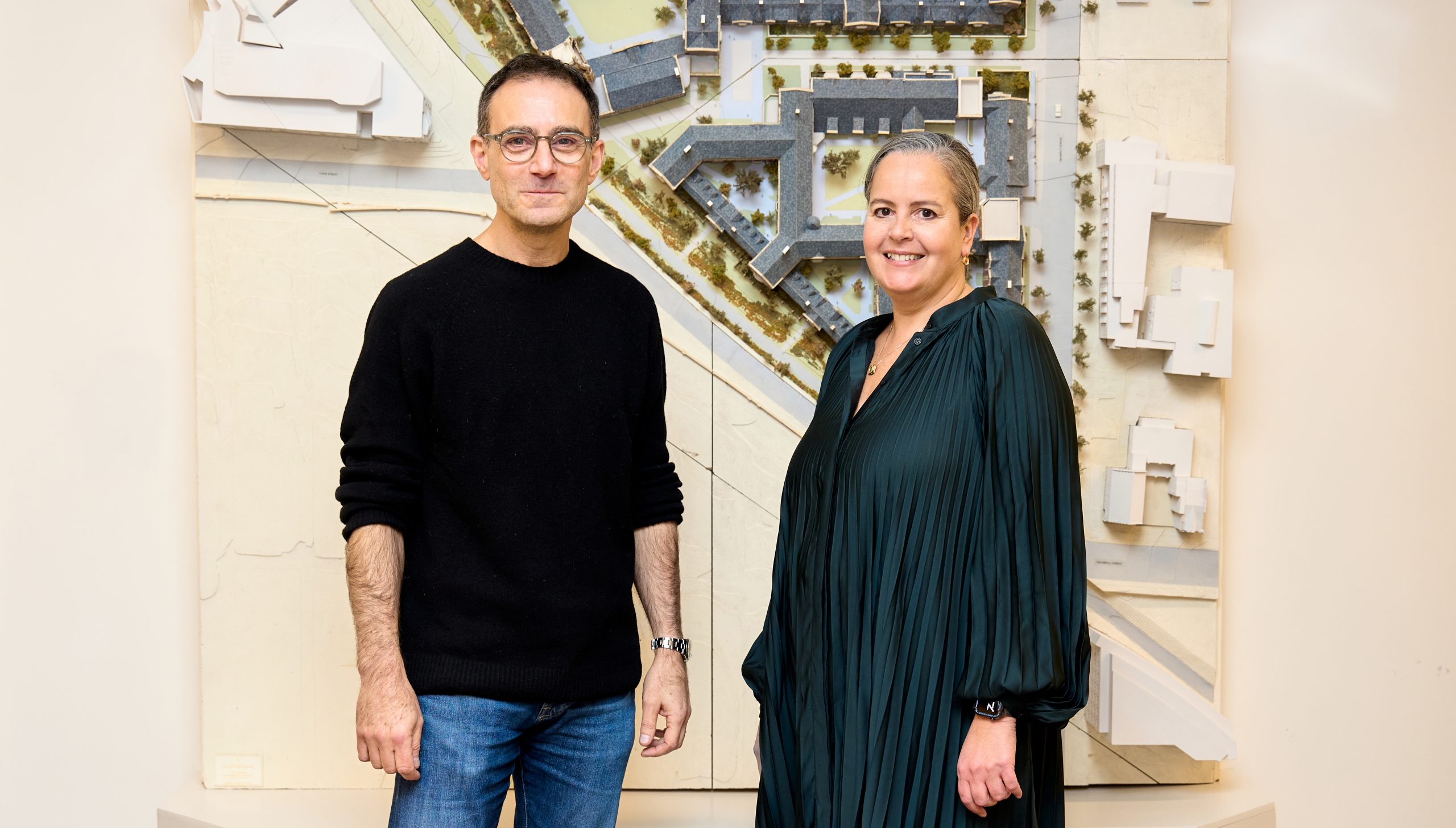Brick & Wonder Profile: Julia Gamolina
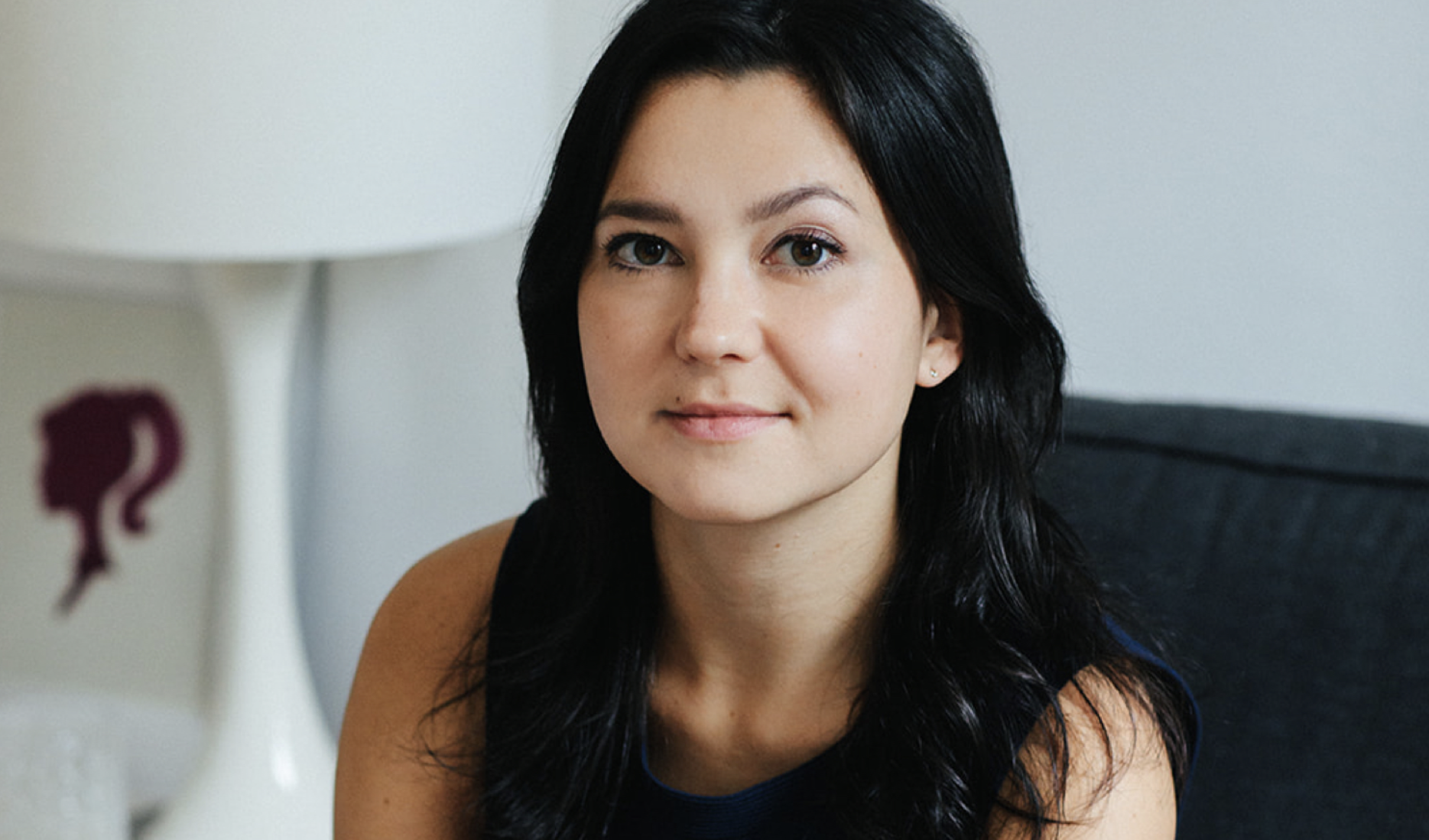
Julia Gamolina is an architect by training, Strategy Director by day and design entrepreneur by night. We caught up with Julia to understand how she manages such a diverse portfolio, and what she’s learned from the dozens of women leaders in architecture she has interviewed for her digital magazine, Madame Architect.
Tell us what you do.
By day I’m the Director of Strategy at Trahan Architects. I trained as an architect at Cornell and then worked as a designer for a while. Evenings and weekends, I work on an editorial platform I founded, called Madame Architect, where I interview women and CEOs in the A&D field.
How did you get into design?
Growing up, all I remember doing was drawing! My parents exposed me to a lot of things when I was young: ballet, sports, culture and other visual experiences. My dad is a structural engineer, my mum is a mathematician, teaching calculus. We moved around a lot and I picked up on the different visual environments. We lived in Siberia, then Toronto then Colorado – in rural, urban and suburban settings. I didn’t really have a favorite subject in school, but I was a good art student and very visually attuned. Architecture seemed to be the thing that could keep everything tied together. It includes historical, scientific and visual components. When I was studying it, I found I was drawn to the way a nation, or brand, or organization communicates an identity through the built environment.
And where did your career as an architect start out?
I started out at a boutique firm called Studio V in NYC. We designed interstitial sites for urban environments, and worked with retail clients. Studio V was really good at letting young designers have exposure to everything. I met all the clients and consultants for my projects and saw the project lifecycle very clearly. Later, I worked with A+I, doing offices for Squarespace, I Heart Media and Tumblr. That’s where my career started to transition towards strategy. When I first started at the company they were working with Canvas, a media company in LA. I was at all the meetings with their C-Suite and worked on the building design. I started working with the Director of Communications, pitching the project for awards and press coverage. With Canvas, I saw the true lifespan of a project, from conception through execution, documentation and then telling the story to the press. At A+I, I transitioned from design to Comms at A+I, and later worked at FX Collaborative doing strategy and Comms.
Tell us more about the function of strategy in relation to architecture.
It really depends on the firm. For example, at A+I the Director of Strategy is involved in strategising design approaches. At Trahan, the strategy I work on is business and company strategy, taking the firm to the next level.
… the first thing it says is “Architecture is about people”. I knew I was in – it connected immediately.
And how did you make the move to Trahan?
Trey Trahan saw Madame Architect, and saw that I was able to build something up from scratch and gain exposure for it. When Trahan approached me, he said we wanted to take our New Orleans practise to New York as a gateway to global projects. My role is focused on business developments, communications and marketing, as well as company strategy. A lot of it is about defining who we want to be and how we want to talk about our work. A lot of it is about introducing Trey to journalists, clients and collaborators, being intentional and getting exposure in NYC.
Tell us more about Madame Architect.
When we lived in Toronto, my mum and I talked about my career. She said: “I can help you as much as I can, but there are some things I won’t be able to help you with.” I started talking with teachers a lot about how to navigate life, how to find opportunities and get good advice. When I graduated, I realized the built-in system of mentorship from professors and teachers doesn’t exist for working professionals. So, I started to find mentors of my own. I was getting such good advice I just wanted to share it. I always knew I wanted a family, but when I was in school, most of the architects we learned about didn’t have families. Part of it was about finding women who have found ways to integrate their careers with other things that are important to them like having a family. Architects are not really portrayed as people sometimes – that informs a lot about how we approach them. I went on the Trahan website and saw that the first thing it says is “Architecture is about people”. I knew I was in – it connected immediately.
What have you learned in the process of interviewing so many amazing women?
When you hear people talk about their approach, you ask ‘what am I here to do and what’s my opinion about this?’ It has helped solidify the things I believe in and want to work on. It’s mission driven, and part of that is highlighting and humanizing architects. Our audience is largely female, but we do have male readership too. We have millennial women and we have a lot of students and Gen Z. We also have readers who are seasoned practitioners who’ve been at their careers a long time.
I’m hoping that the readership will expand beyond the A&D field. I want it to expand beyond architecture to anyone who is doing something that contributes to the built environment. I want to tap into larger topics that deal with how we live as a society, like self driving cars. Architects can seem to be in a bit of a niche to themselves. Not a lot of people in the US connect with architecture, whereas in Europe it is considered more a part of cultural life.
Which parts of the process do you most enjoy?
Everything about it is so satisfying. It’s a lot of work and I’m doing it all for free, but I genuinely love every step of the process. The interviews are always incredible, open conversations. I love hearing the person’s voice again as you are transcribing a recording and compiling imagery that speaks of the interview subject. I like hearing what people think of the platform. I’ve made a lot of really great friends through it. I am so thankful that I have both architectural practise and Madame Architect in my life. In architectural practise there is a deep, slow fulfillment that comes with it. With Madame Architect it’s weekly, so it’s a more immediate fulfillment. A lot of the things I learned about follow-through in architecture school have really helped with it. Sometimes it’s stressful, but it’s worth it!
And what are the long term aspirations for the magazine?
We have big ambitions. People need and deserve to hear about these women. We’re talking about a book, compiling some of these interviews. I know that some brands release magazines once a year and we’ve looked at that. It would be nice to have a more permanent object from it. Documentaries are a big thing we’re looking into. So, yes, big plans and no stopping any time soon!



